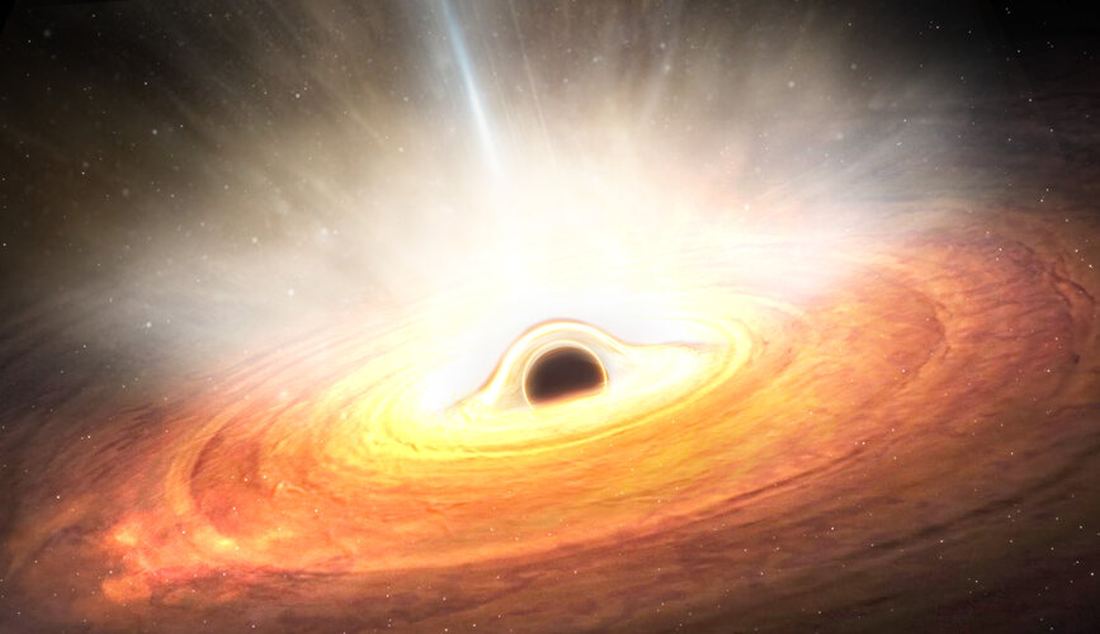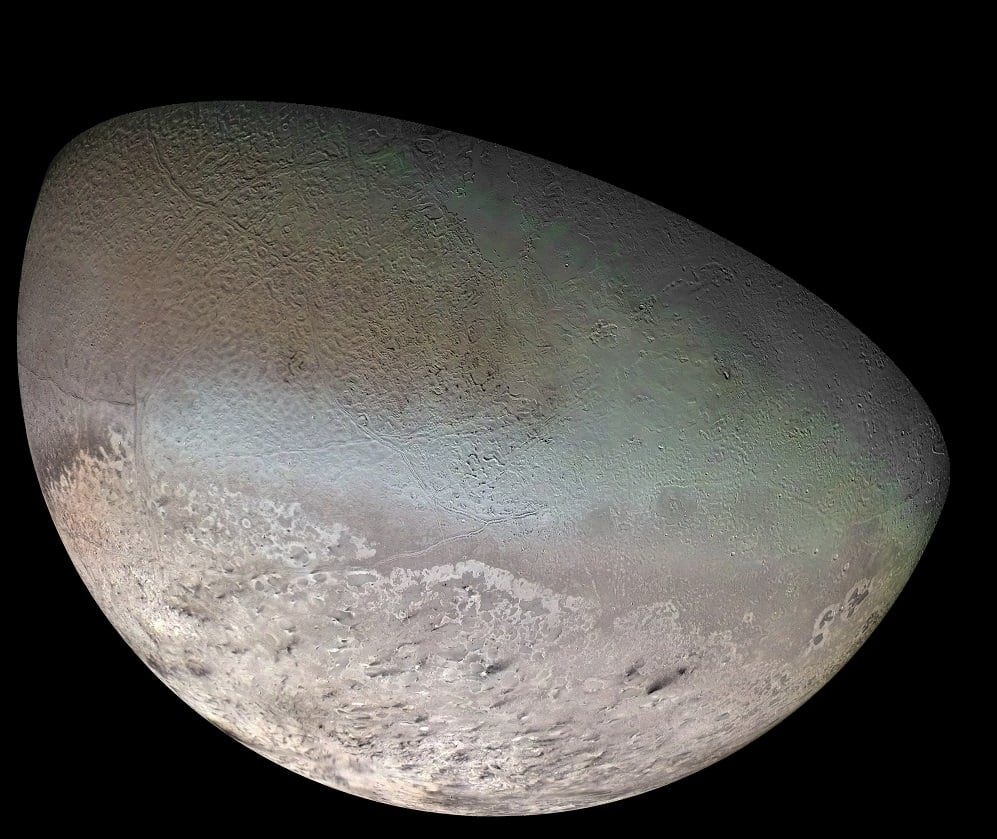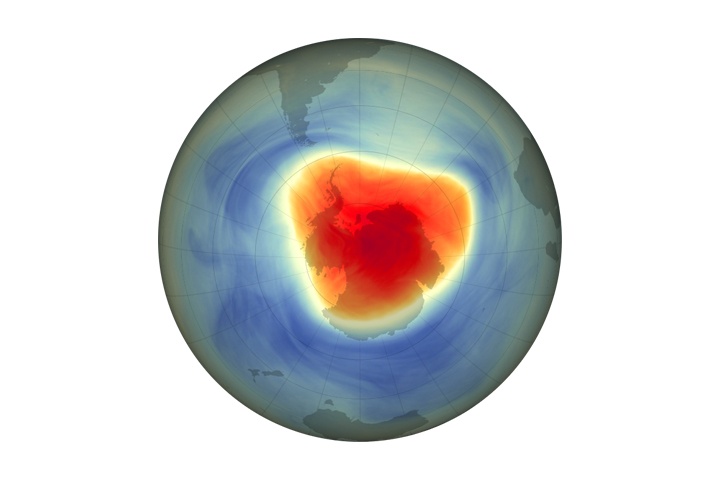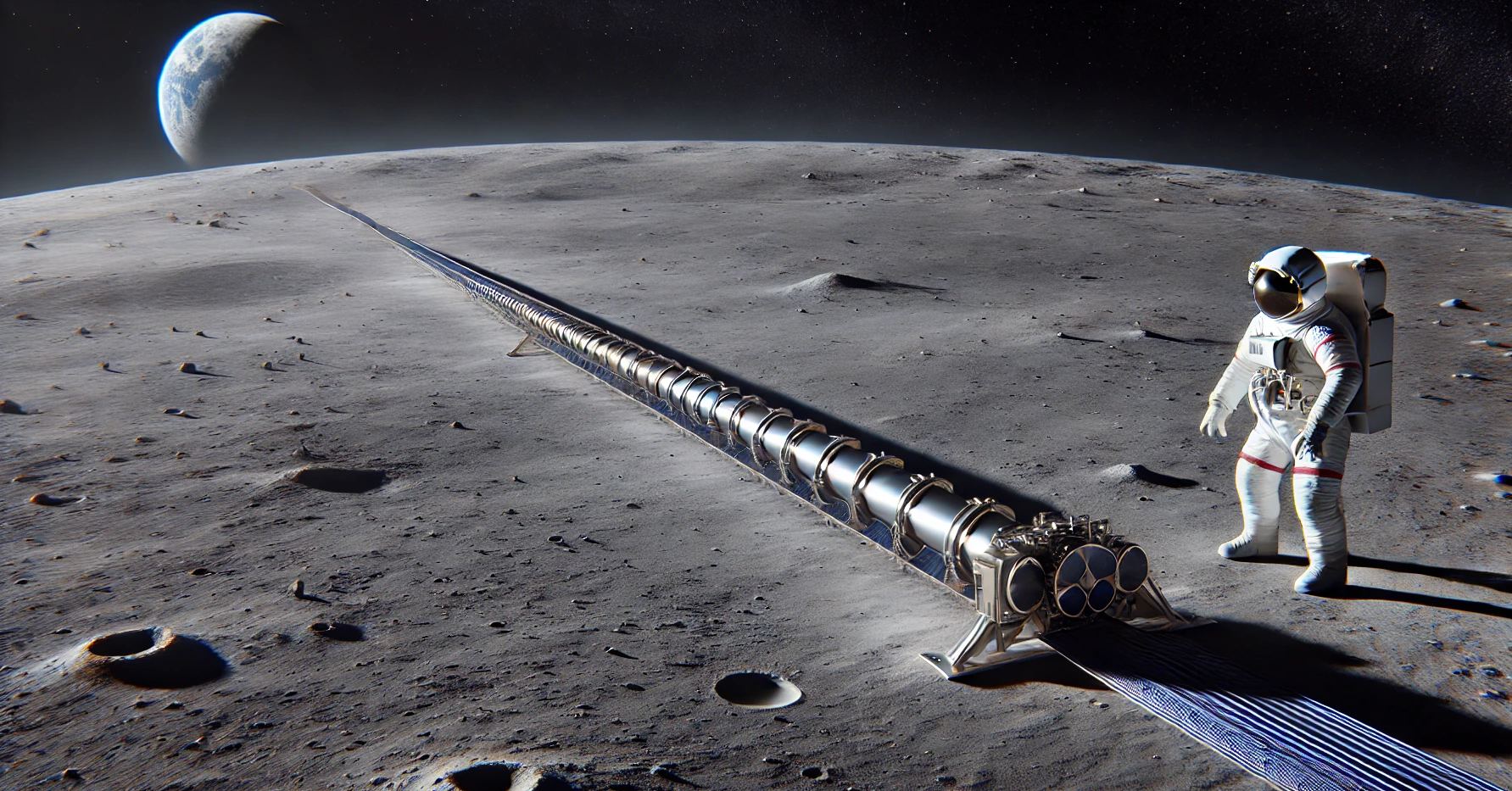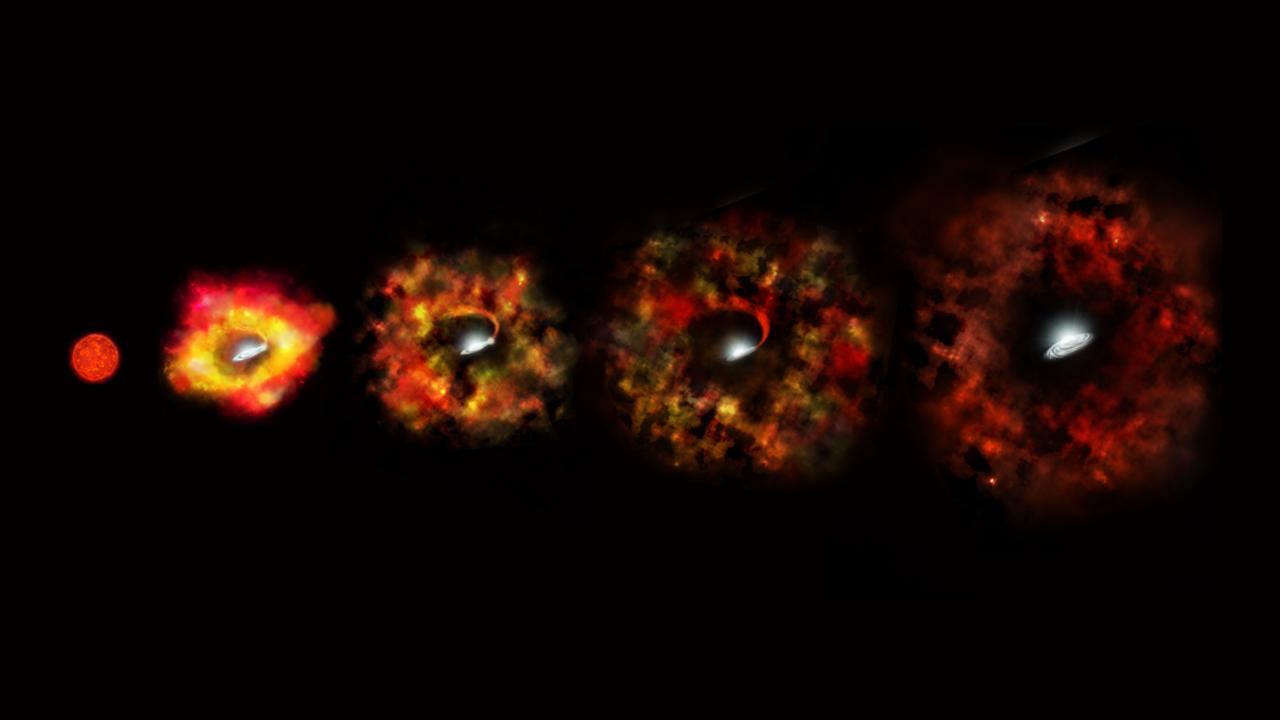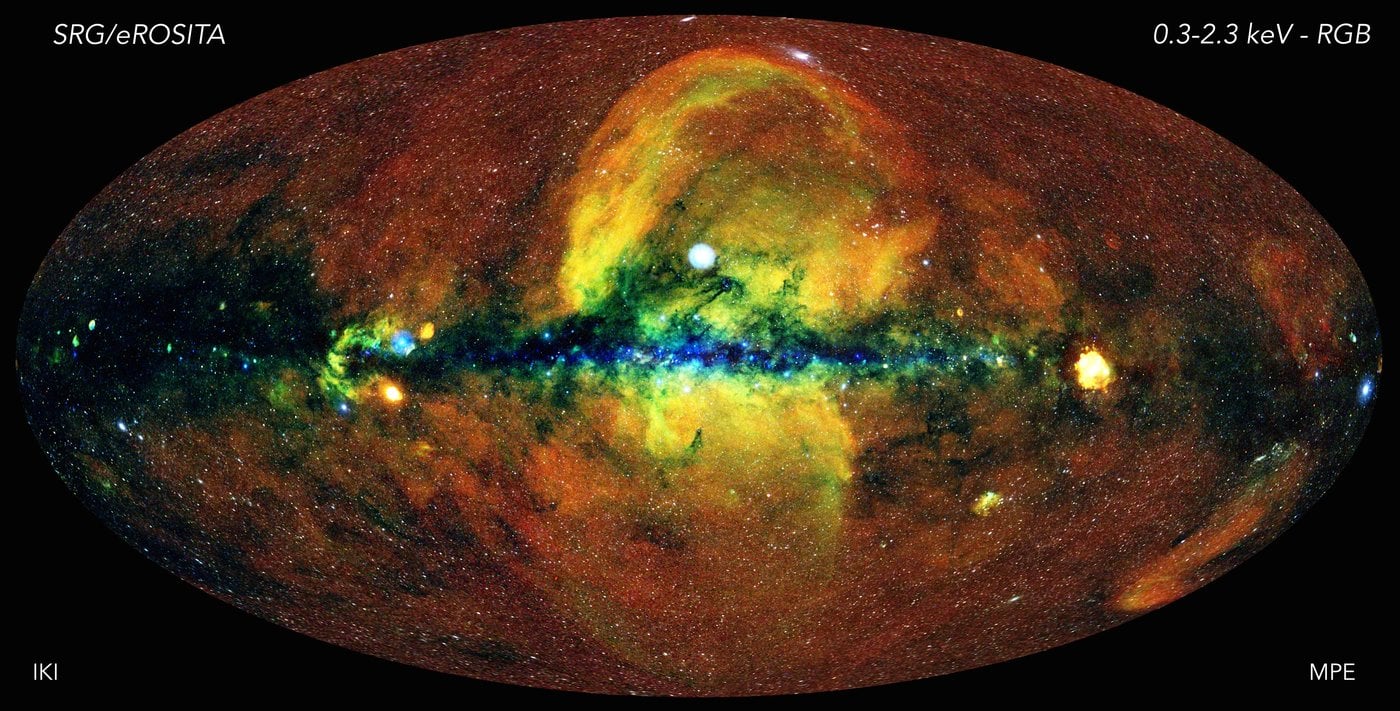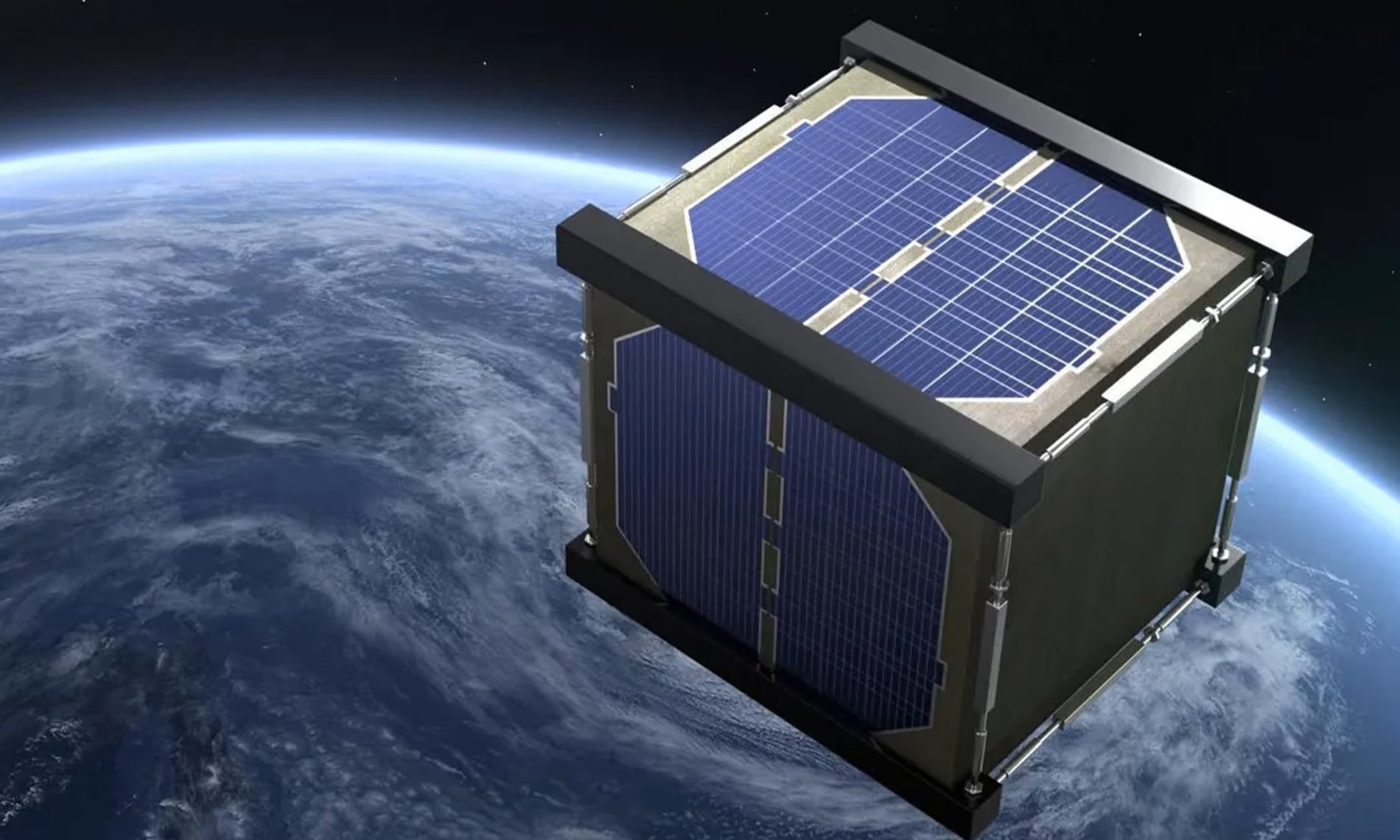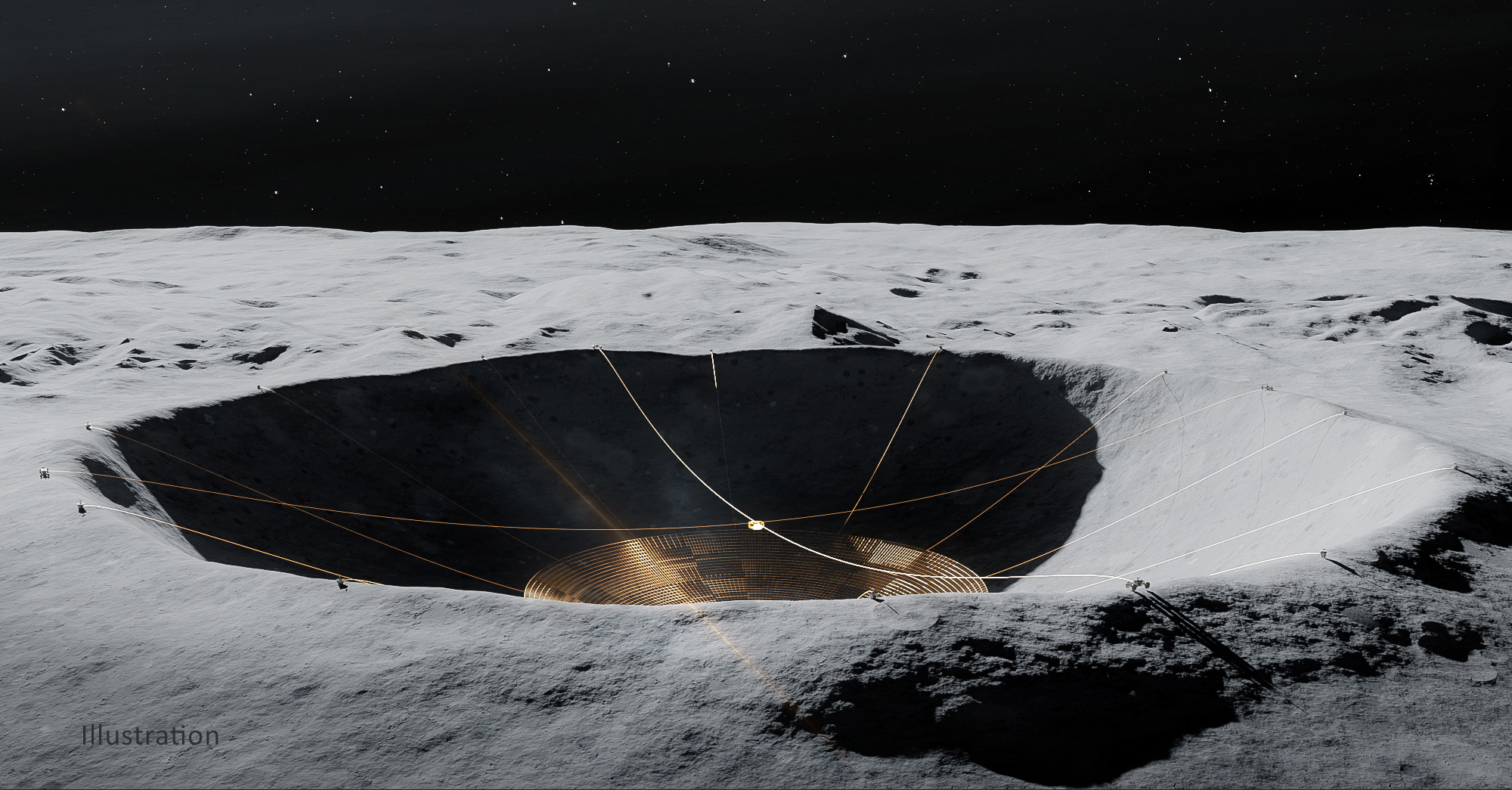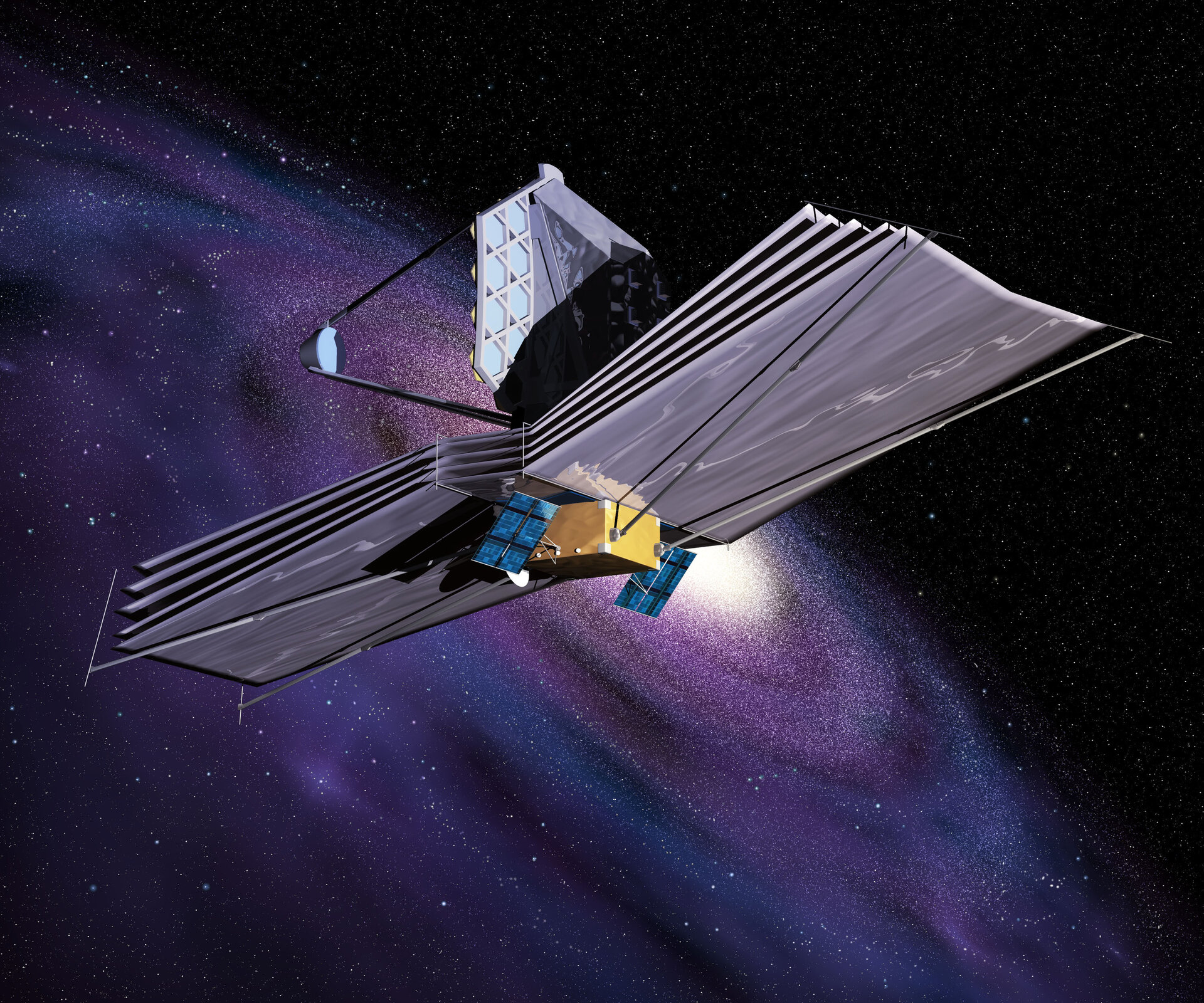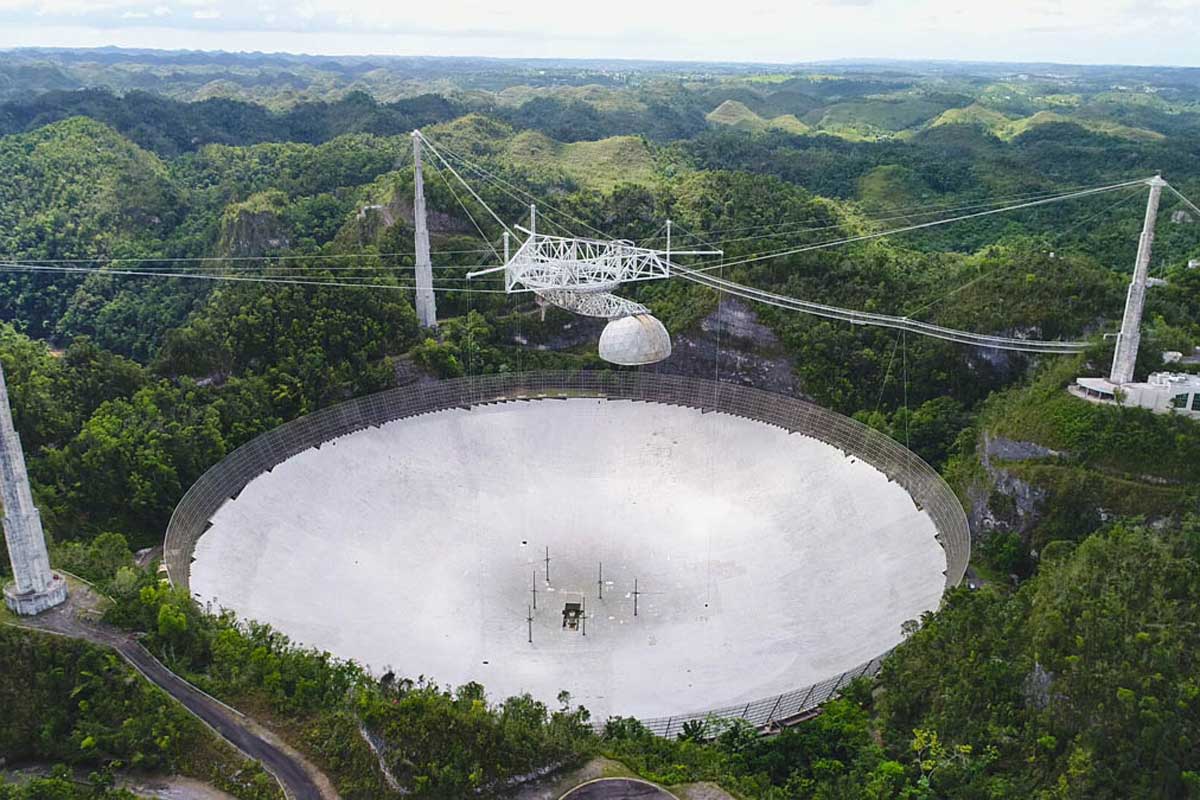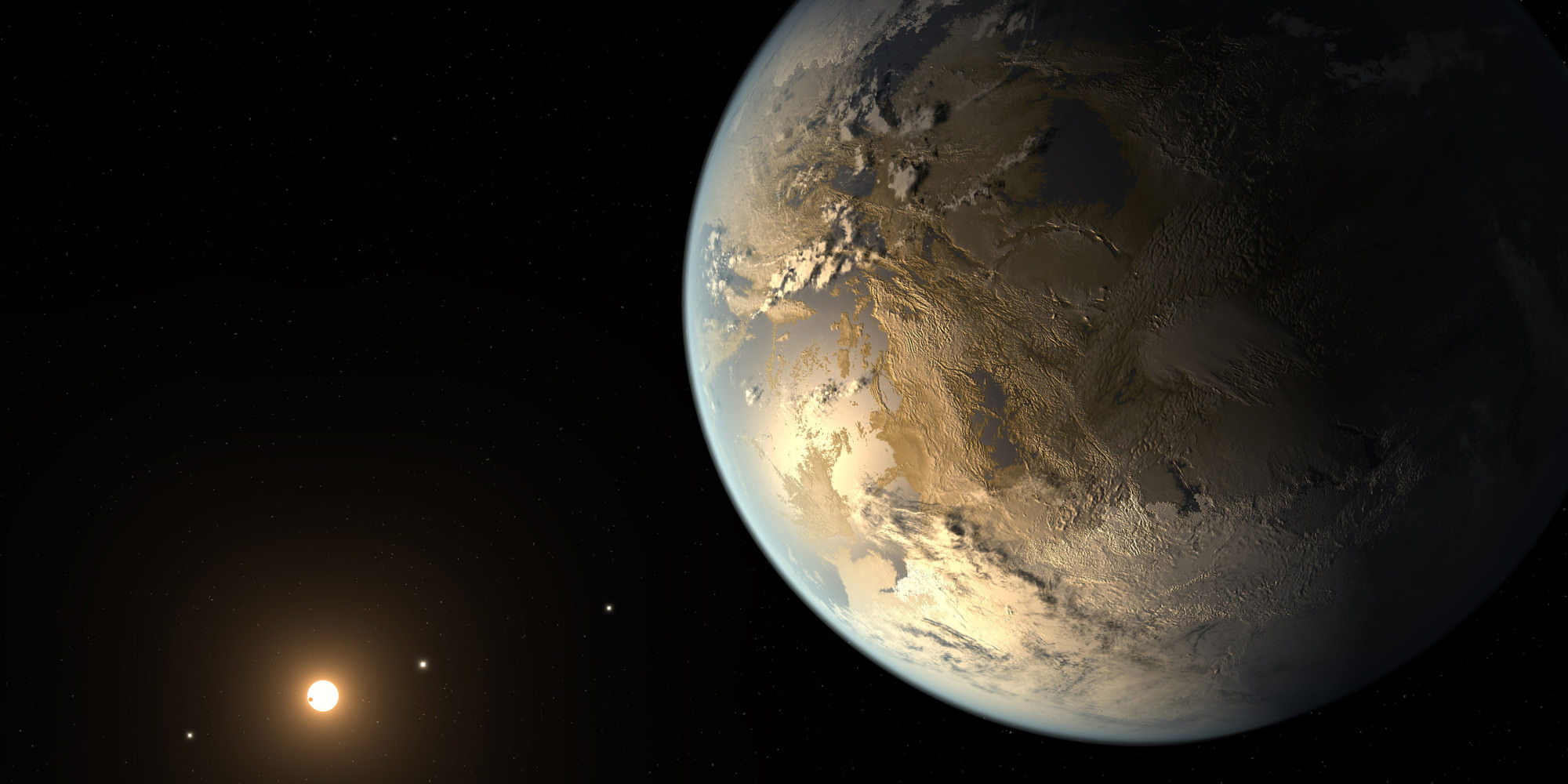
JWST's primary mirror consists of 18 individual segments, each of which can be moved on 6 different axes of freedom. This allows the telescope to maintain perfect focus, despite changing temperatures and micrometeorite strikes on its optics. The objective was 150 nanometers of wavefront error, but the current error is down to just 65 nanometers. In early October, engineers measured the telescope's jitter and refocused it again, bringing it to its perfect alignment
Continue reading
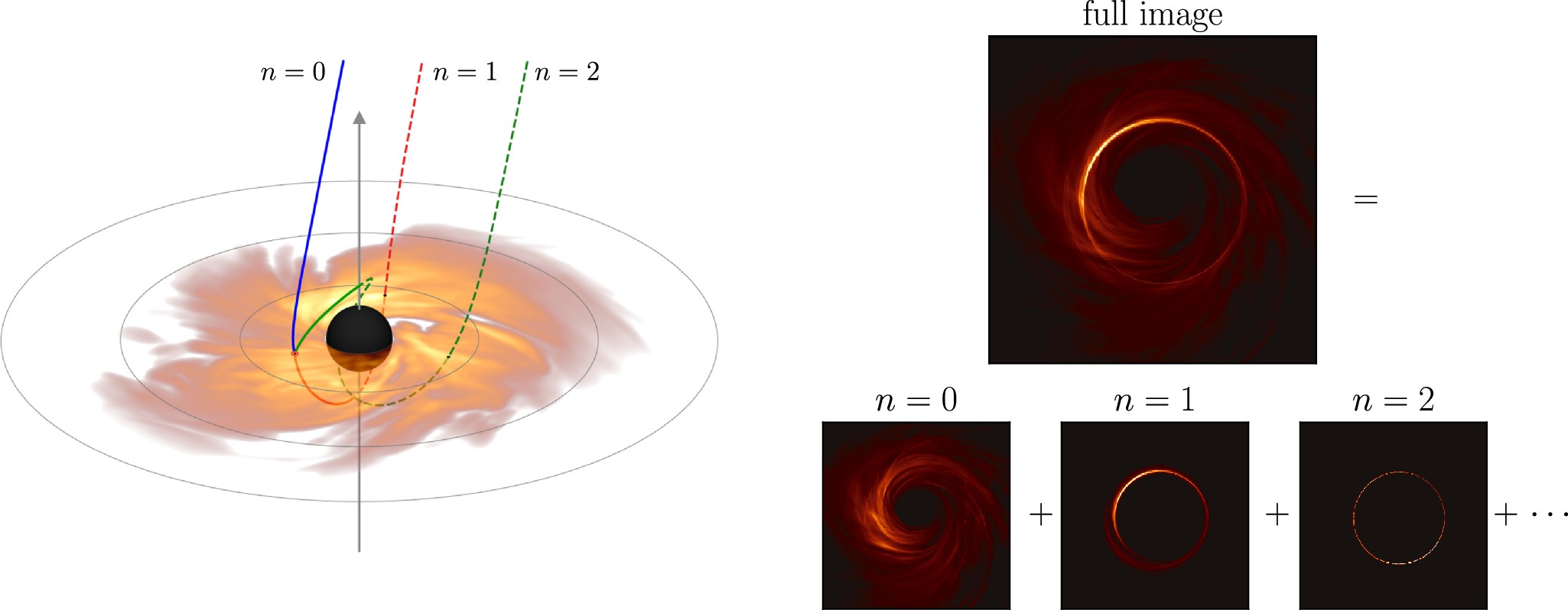
The speed of light gives astronomers a special trick when examining the tangled-up gravitational well around a black hole. Researchers have proposed that they can measure the spin of a black hole because of the bizarre path that photons take in their vicinity, released by accreting matter. Some photons blast straight out, while others are lensed indirectly, and some travel around the black hole twice before escaping, hinting at the black hole's rotation rate.
Continue reading
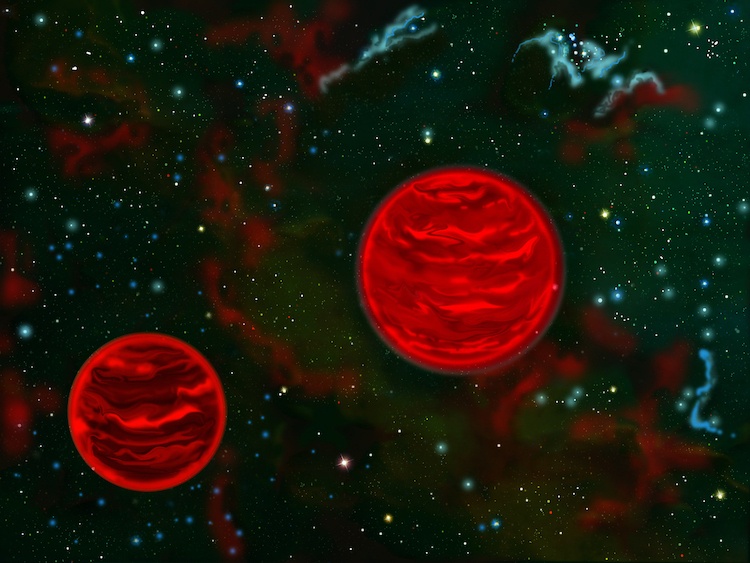
WST recently turned up hundreds of free-floating rogue planets in the Orion Nebula, 42 in binary configurations. How two Jupiter-mass objects could end up orbiting one another has puzzled astronomers, but now a team of researchers thinks they know it happens. Large, hot stars in the Orion Nebula blasted the outer layers of smaller stars, eroding them away and preventing them from gaining enough mass to ignite fusion in their cores - even binary stars.
Continue reading
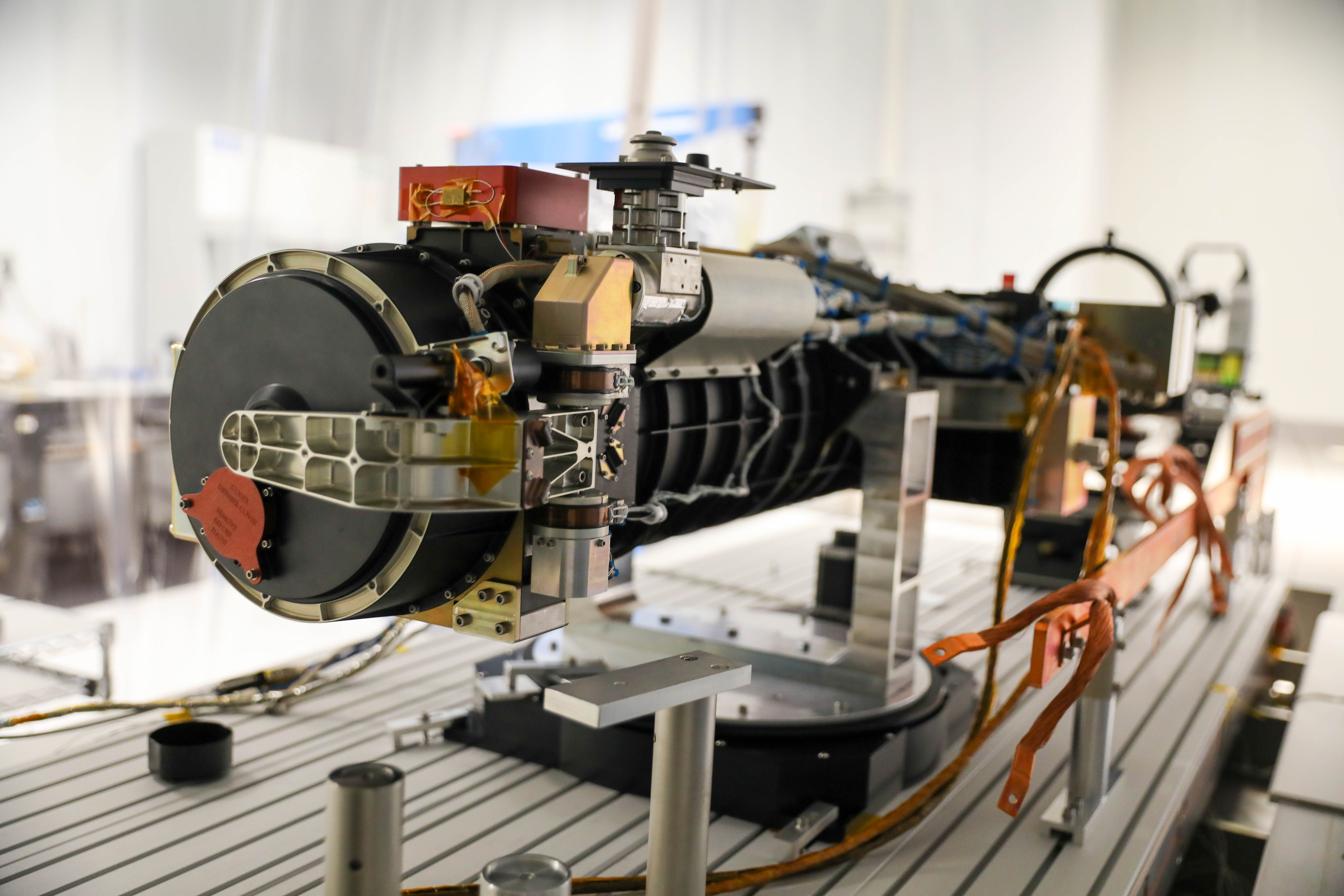
A new space-based telescope aims to address a key solar mystery.
Continue reading
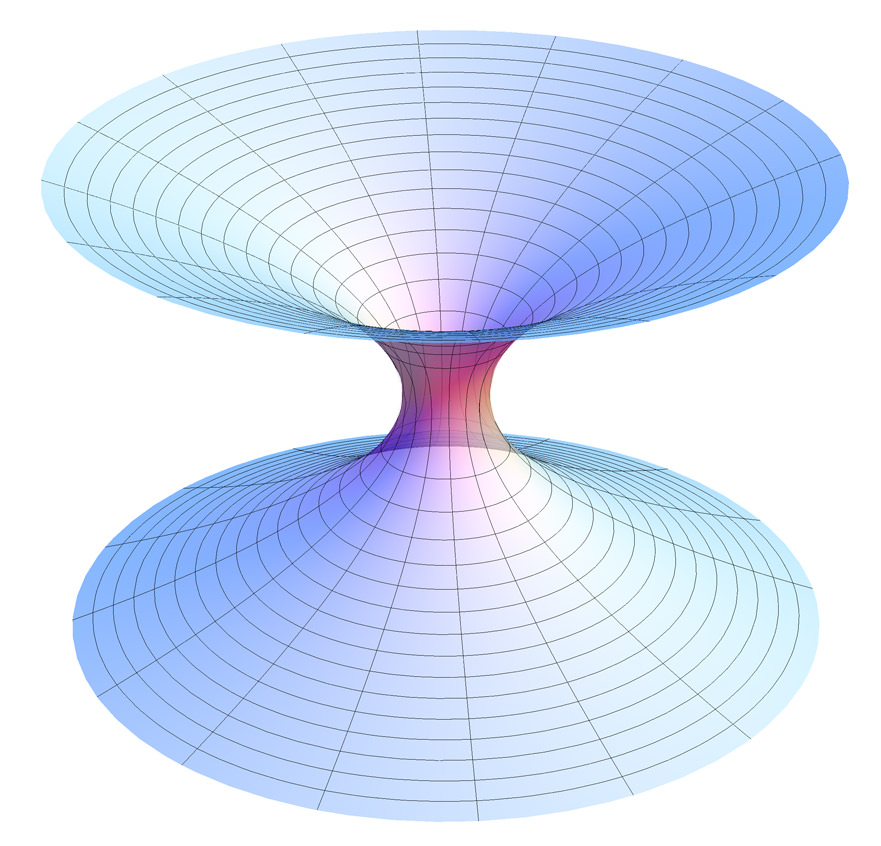
The theory of black holes has several mathematical oddities. Recent research shows our understanding of rotating black holes might not be as strong as we thought.
Continue reading


